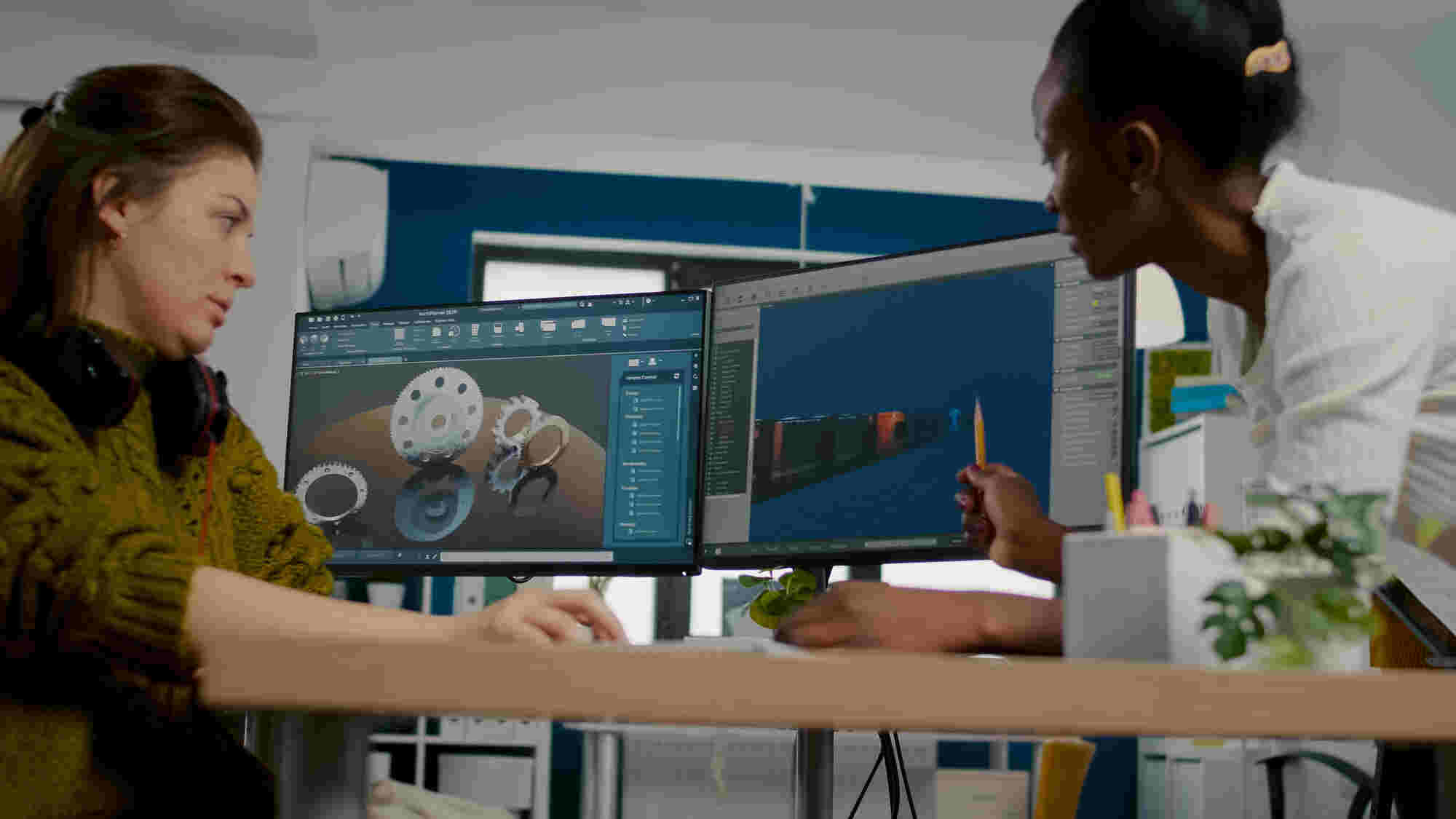
Unlocking the Potential of 3D Modeling Software
3D modeling software is a type of program used to create three-dimensional representations of objects or surfaces.

© 2024 Crivva - Business Promotion. All rights reserved.